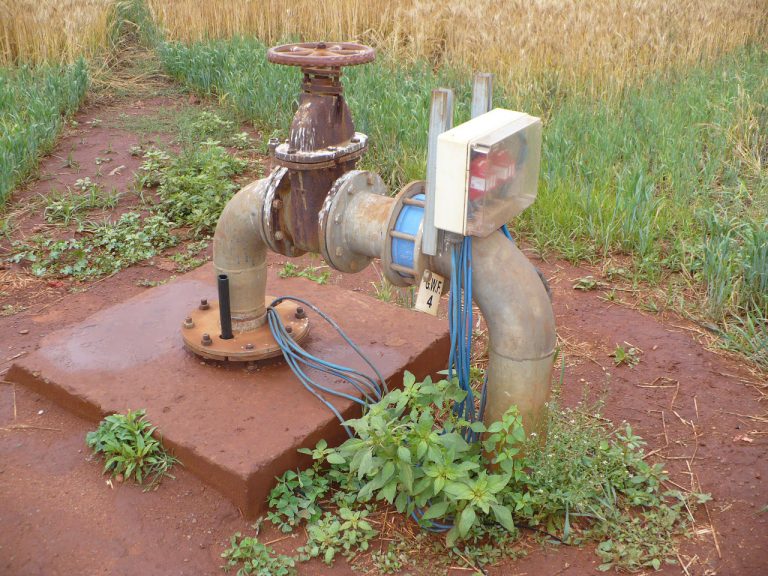The consequences of a blown borehole pump are catastrophic and far-reaching. Added to the initial financial outlay of up to R60 000 to replace a pump are the effects of not being able to water crops and livestock.
“A scenario like this can be easily avoided through the purchasing and correct installation of quality surge arresters,” states Paul van As, Low Voltage Divisional Manager at Surgetek. The costs of a typical surge protection installation for a borehole pump is about R3 000.
Borehole pumps that do not have surge protection and proper earthing are often destroyed by induced lightning travelling through the earth. “The energy from a bolt of lightning that has struck the ground spreads into it and travels through it, in concentric circles in the form of magnetic force,” explains van As.
Boreholes are often sleeved with steel to maintain well integrity and prevent fall of ground. These steel sleeves act like an earth rod. “Once the energy from a lightning strike makes contact with the sleeve, the energy runs down the pump power cable to the pump unit,” continues van As. Research indicates this energy measures hundreds of thousands of volts. Pump motors operate on voltages between 230 V and 400 V and their circuit boards operate on 5 V. When struck by lightning these stand no chance against the level of energy in the induced lightning.
Van As advises that surge arresters should be installed as close to a borehole as possible. Arresters should be installed on either side of the power transformer in the surface junction box as well as the pump controller. “In addition, it is important that the electrical earth, the surge arrester earthing and the borehole sleeve (if metallic) are all interconnected to ensure potential equalisation. Surge arresters in any application should be checked on regular basis – particularly after thunderstorms.
Source: CubicICE








